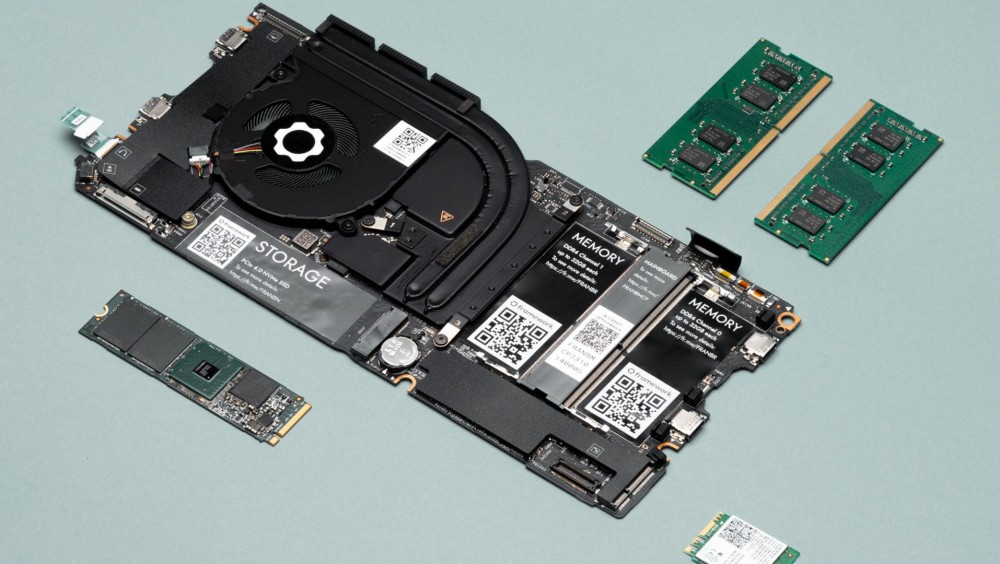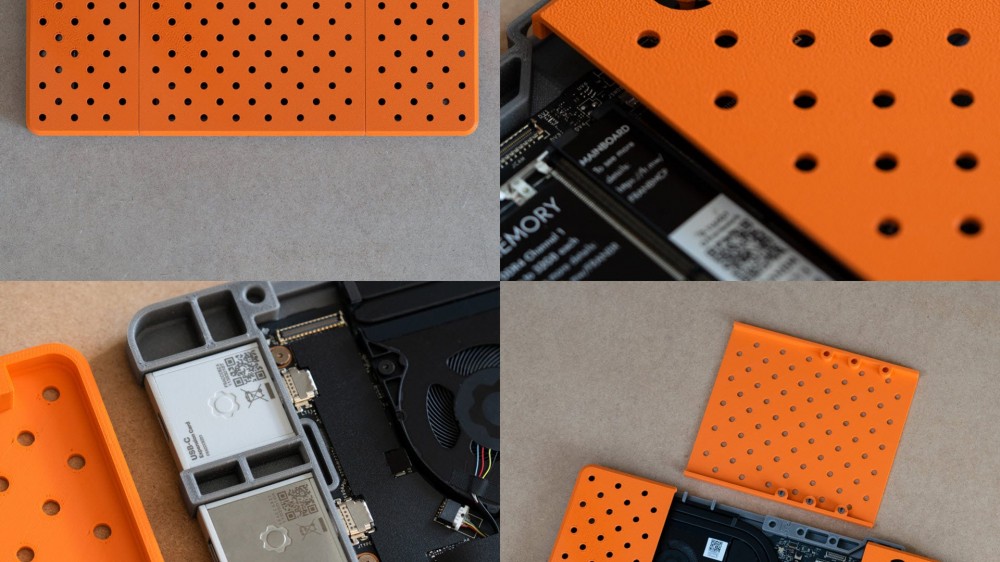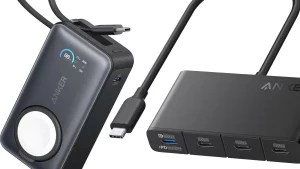Build a “Super Raspberry Pi” With Framework’s Mainboard


Framework has quickly made a name for itself by creating a genuinely repairable Laptop for nearly anyone. Now the company is expanding that offering a little by pulling back. Instead of buying the whole kit, you can now purchase just the Mainboard and make a powerful “Raspberry Pi.”
At its heart, a Raspberry Pi is a low-power single single-board computer. That low-power bit comes with advantages, like electricity use, and disadvantages, mainly in performance. Don’t expect to play AAA games on a Raspberry Pi, for instance.
When you buy a Framework Laptop, you get a host of parts (especially if you choose the DIY build version). You’ll get a laptop enclosure with monitor, RAM, Storage, and Wi-Fi components (if you decide to order those) and a Mainboard that connects it all together. You can even purchase expansion units that add USB-A, USB-C HDMI ports, and more.

But while you had to buy the laptop enclosure, you can now skip that and other pieces. Instead, you can buy just the Framework Mainboard and go from there. The Mainboard comes with either an Intel Core i5-1135G7 ($449.00), Intel Core i7-1165G7 ($699.00), or Intel® Core i7-1185G7
($1049.00), and to start, Framework is offering substantial discounts on all three models.
What it doesn’t have is an enclosure, RAM, storage, Wi-Fi, USB, or video Ports. As with the Framework Laptop, those are all optional, and you can bring your own if you prefer. You may already have RAM and storage on hand, but it’s less likely you’ll have the Wi-Fi adapter port or the expansion cards that add other ports to Framework’s hardware.

But put that all together, and you get one powerful modular computer in a smaller form factor. It’s not Raspberry Pi small, mind you, but it’s also much more powerful and can even run Windows if you provide the OS. To protect the Mainboard and make it more portable, you can purchase the battery and cover kits used for the laptop enclosure.
And if you have CAD knowledge, Framework also released 3D files to create your own covers and VESA-compatible mounts. The files are open-sourced, so you can remix them how you like. And if you have the 3D printer, Framework also released STL files to print a basic enclosure for the Mainboard.
You could design a powerful arcade machine, home router, or even a cyberdeck with a bit of creativity. And ultimately, this is a good thing for Framework customers down the road— someday, you could potentially upgrade your existing Framework Laptop with a standalone Mainboard and processors and make use of the old parts too.
Source: Framework










